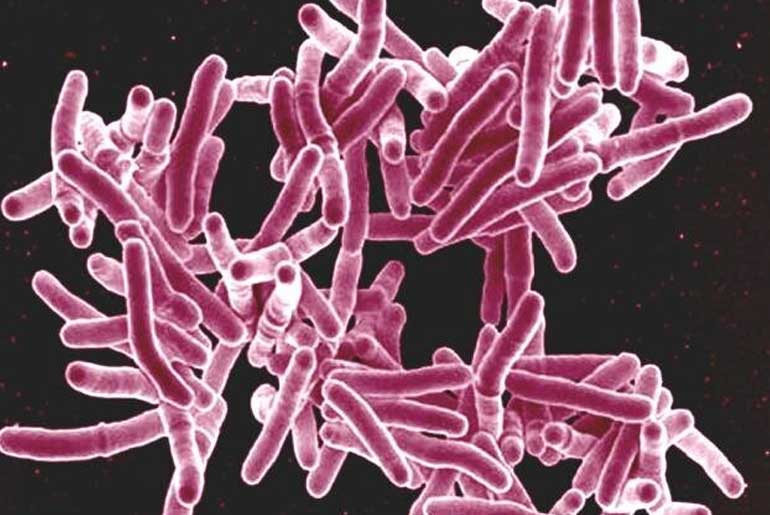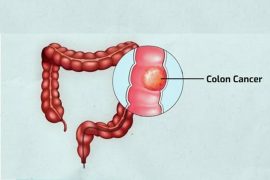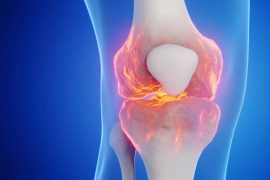A recent study led by Harvard Medical School scientists has revealed that the risk of an exposed person becoming infected with tuberculosis (TB) varies significantly depending on whether the human and the bacterium share a hometown. This study provides evidence that pathogen, place, and human host interact in a unique way that affects infection risk and susceptibility. The findings strengthen a long-standing hypothesis that specific bacteria and their human hosts likely coevolved over hundreds or thousands of years.
The study, which aims to inform new prevention and treatment approaches for TB—a disease that annually sickens over 10 million people and causes more than a million deaths worldwide according to the World Health Organization—used a custom-built cohort by combining case files from TB patients in New York City, Amsterdam, and Hamburg. This approach allowed the researchers to gather enough data to power their models, making it the first controlled comparison of TB strains’ infectivity in populations of mixed geographic origins.
The analysis revealed that close household contacts of people diagnosed with a strain of TB from a geographically restricted lineage had a 14 percent lower rate of infection and a 45 percent lower rate of developing active TB disease compared to those exposed to a strain from a widespread lineage. Additionally, strains with narrow geographic ranges were much more likely to infect people with roots in the bacteria’s native region than those from outside the region. Specifically, the odds of infection dropped by 38 percent when a contact was exposed to a restricted pathogen from a non-matching geographic region, compared to a matching region.
This pathogen-host affinity suggests a shared evolution between humans and microbes, with certain biological features making them more compatible and increasing the risk of infection. The study showed that for geographically restricted strains, the common ancestry of a person and the bacteria’s native region was a more significant predictor of infection risk than the bacterial load in the sputum. This risk of common ancestry even outweighed the risk posed by having diabetes and other chronic diseases.
The study underscores the importance of understanding the variation between different TB lineages and how they interact with different host populations. Previous research has shown that some TB genetic groups are more prone to developing drug resistance, and TB vaccines work better in some regions than others. There is also evidence that some treatment regimens might be better suited to specific strains of TB.
In addition to analyzing clinical, genomic, and public health data, the researchers tested different TB strains’ ability to infect human macrophages, a type of immune cell. They found that cell lines from people with ancestry matching the native habitat of a restricted TB strain were more susceptible to the germs than cells from people from outside the area, mirroring the epidemiologic study results.
While the experiment did not delve into the mechanisms underlying the affinity between human and TB populations sharing geographic backgrounds, it highlighted the need for using multiple TB strains and diverse human cell populations in research. It also pointed to the need for more basic research to understand the genomic and structural differences in how bacterial and host cells interface.
The study emphasizes the importance of incorporating the diversity of human and tuberculosis genetics into the understanding and treatment of the disease. The findings suggest that this diversity can significantly impact how people and microbes respond to one another, drugs, and vaccines.
This research was made possible through collaboration with public health departments and research teams from the U.S., the Netherlands, and Germany, allowing the integration of TB case reports, pathogen genetic profiles, and public health records. The study included data from 5,256 TB cases and 28,889 close contacts, highlighting the importance of such partnerships in answering complex questions with significant public health implications.
Disclaimer:
The information contained in this article is for educational and informational purposes only and is not intended as a health advice. We would ask you to consult a qualified professional or medical expert to gain additional knowledge before you choose to consume any product or perform any exercise.








